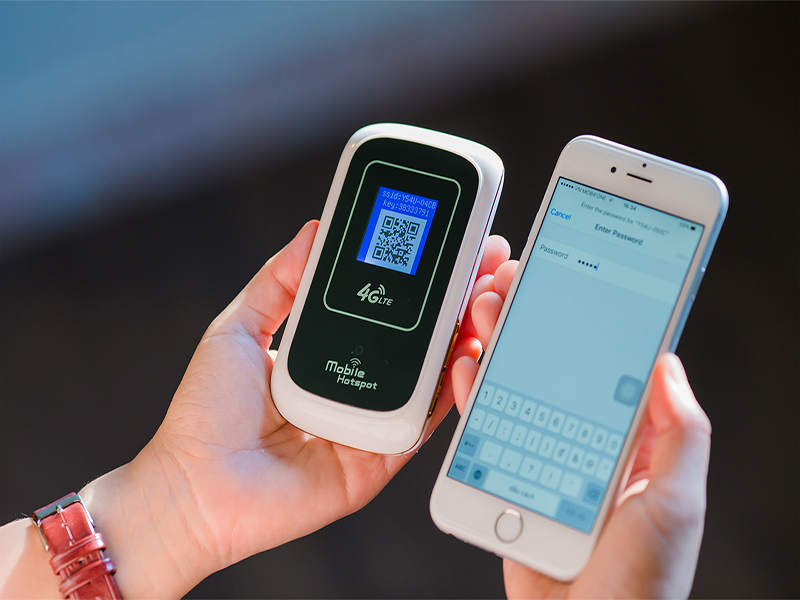So far, there has not been any satisfactory etymological definition for the name of Saigon. The historian Trinh Hoai Duc from Gia Long Dynasty ( 1802 – 1820 ) said it derived from the former name SaiGon, that means the Kapok Tree forest, Kapok trees were originally thriving in the area of Phu Lam ( Cho Lon ).
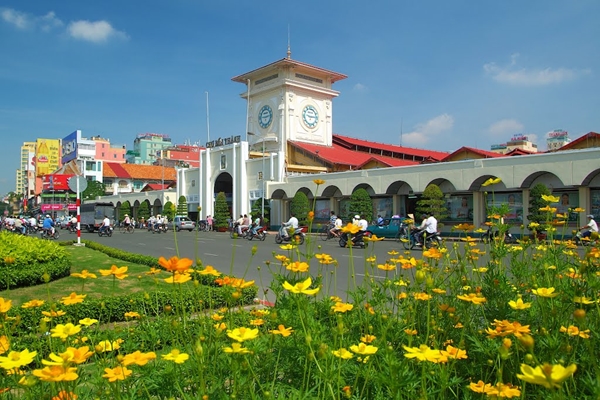
By the time the French arrived here, Saigon has considerably expanded geographically, reaching eastward to the up-lying land along Saigon river. This promised a fine port.
Coming into existence over 300 years ago, Saigon was a port navigable for ships and boats from the North and the Central Vietnam to the South, and later also for the merchant ships from China, Portugal, Great Britain and France. Its waterway to the sea passes over 90 kilometers along the river on both sides of it densely grown with alluvium-holding salt-water plants.
During the Independence Period ( Nguyen Dynasty ) the up –lying area of the riverside ( what is now District 1 ) was exclusively residential quarter for hight ranking madarins of the Hue Royal Court, while its sister town Cholon ( Great Market ) served as commercial community where Chinese buyers and millers of rice, importers, traders and manufacturers did their business.
As the French began settling here, they started to develop Saigon. They planned and constructed its commercial port, its bank, its road system and its administrative buildings. For their own part, the Chinese businessmen in Cholon kept constant trading relationship with Hong Kong, Singapore where their fellow countrymen had already established firm contact with Great Britain.
During the second half of the nineteenth century, the French built Norodom Palace ( Unification Palace today ) the Notre Dame Cathedral, the General Post Office, the Court House, the Gia Long Palace, and eventually the City Hall ( Ho Chi Minh city People’s Committee Headquarters today ).
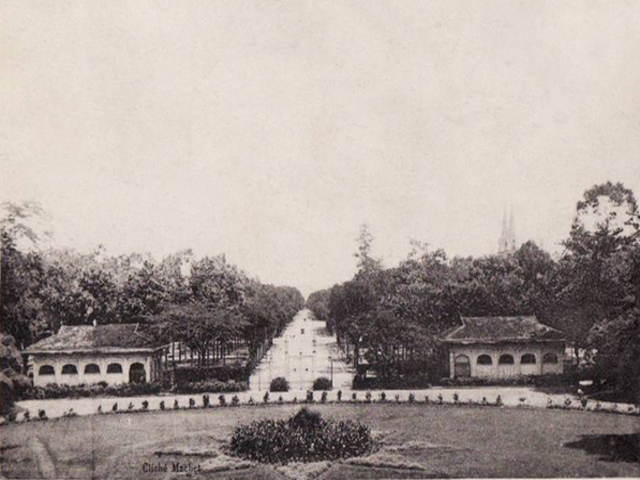
The Unification Palace, an imposing rectangular building inside a large green lawn southeast of the Cathedal, is on the very side of the former residence of the French Governor General of all Indochina. Originally called the Norodom Palace, the Unification Palace was built in 1868. On September 7, 1955, it was turned over to Diem’s government and accordingly renamed as Independence Hall. In February 1962, two South Vietnam Air Forces airplanes bombed and partially destroyed the building, so a new presidential palace was designed and built on the same site between 1963 and 1966, under the supervision of Ngo Viet Thu, a renowned Vietnamese architect.
Two blocks from the Unification Palace solemnly stands the Notre Dame Cathedral, a fine building constructed by the French from 1877 through 1883 with its neo-Romanesque, red brick facade.
As a formerFrench colony, Saigon has a strong European architectural influence, especially in the riverside section, where the French chose to locate their residential quarter. We can see here several tree-lined streets dotted with hotels, restaurants, centers of entertainment reserved for the Europeans. Most typical examples are the elegant Catinat Avenue ( Dong Khoi Street today ) with its wellknown Continental Hotel ( established in 1885 ) and the Dragon House – what is now the Ho Chi Minh Museum.
Saigon is also proud of its Botanical Gardens and Zoo. This 130-old year old garden, originally specialized in collecting such equatorial and industrial plants from Africa and America as rubber and coffee for experimental purposes, now has some rare plant species as well as fine collection of animals. Just inside the gates of the Botanical Gardens and Zoo is located the Museum of History, built in 1928 in a neo-Vietnamese style by the Ecole Francaise d’Extreme Orient. The Museum displays art works from each phase of Vietnam’s history and authentic costumes from the Bronze Age Dong Son civilization through the Chams, the Khmers and the Vietnamese. Some items from China and Japan are also available here.
Although apparently it is much a Westernized city, Saigon, in its very heart, still remains a land of the East with all, its cultural characteristics that was symbolized through its pagodas and temples some of them we are going to visit:
The Giac Vien Pagoda
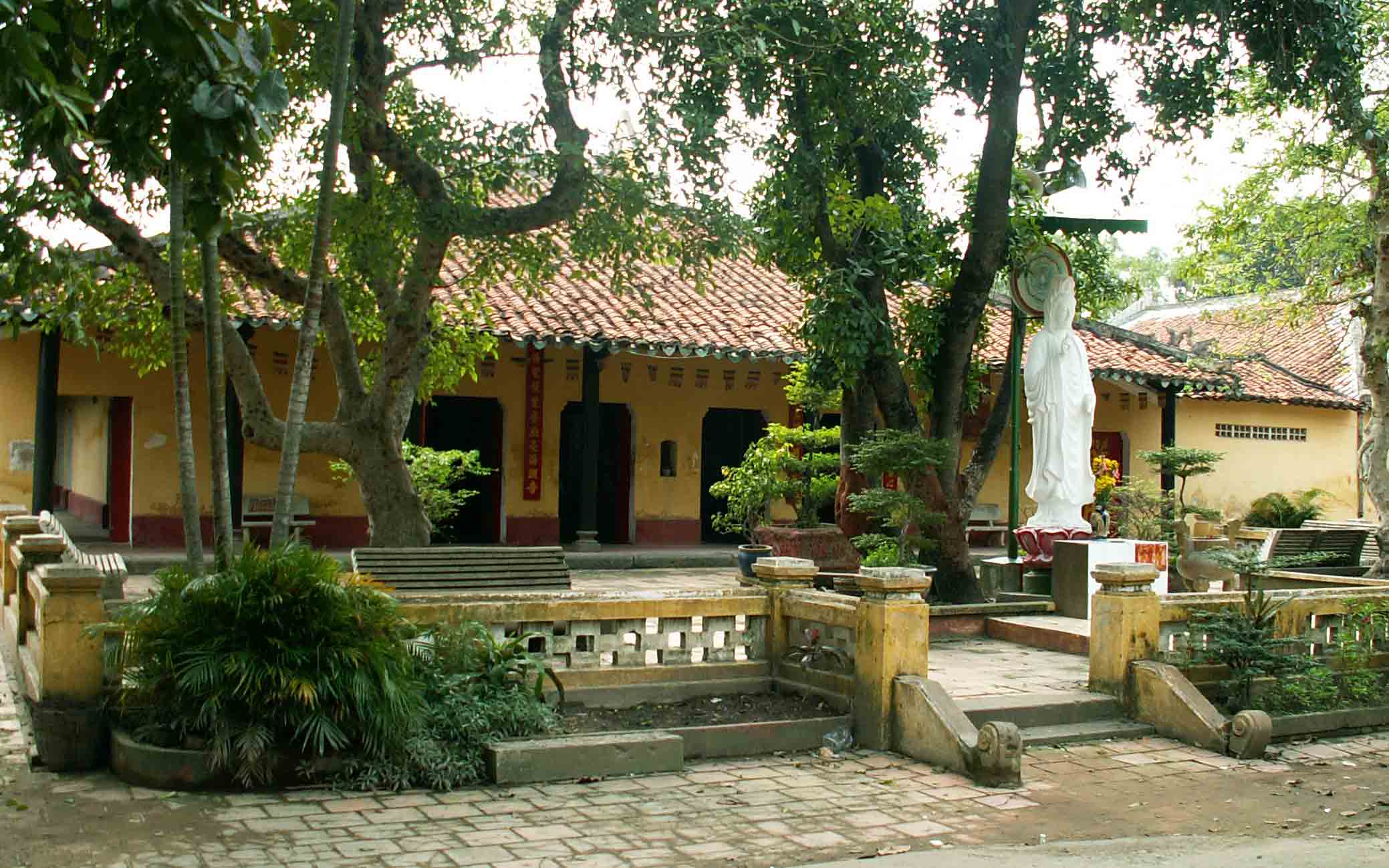
161/85/20 Lac Long Quan Street, Ward 3, District 11, Ho Chi Minh City
The Vinh Nghiem Pagoda
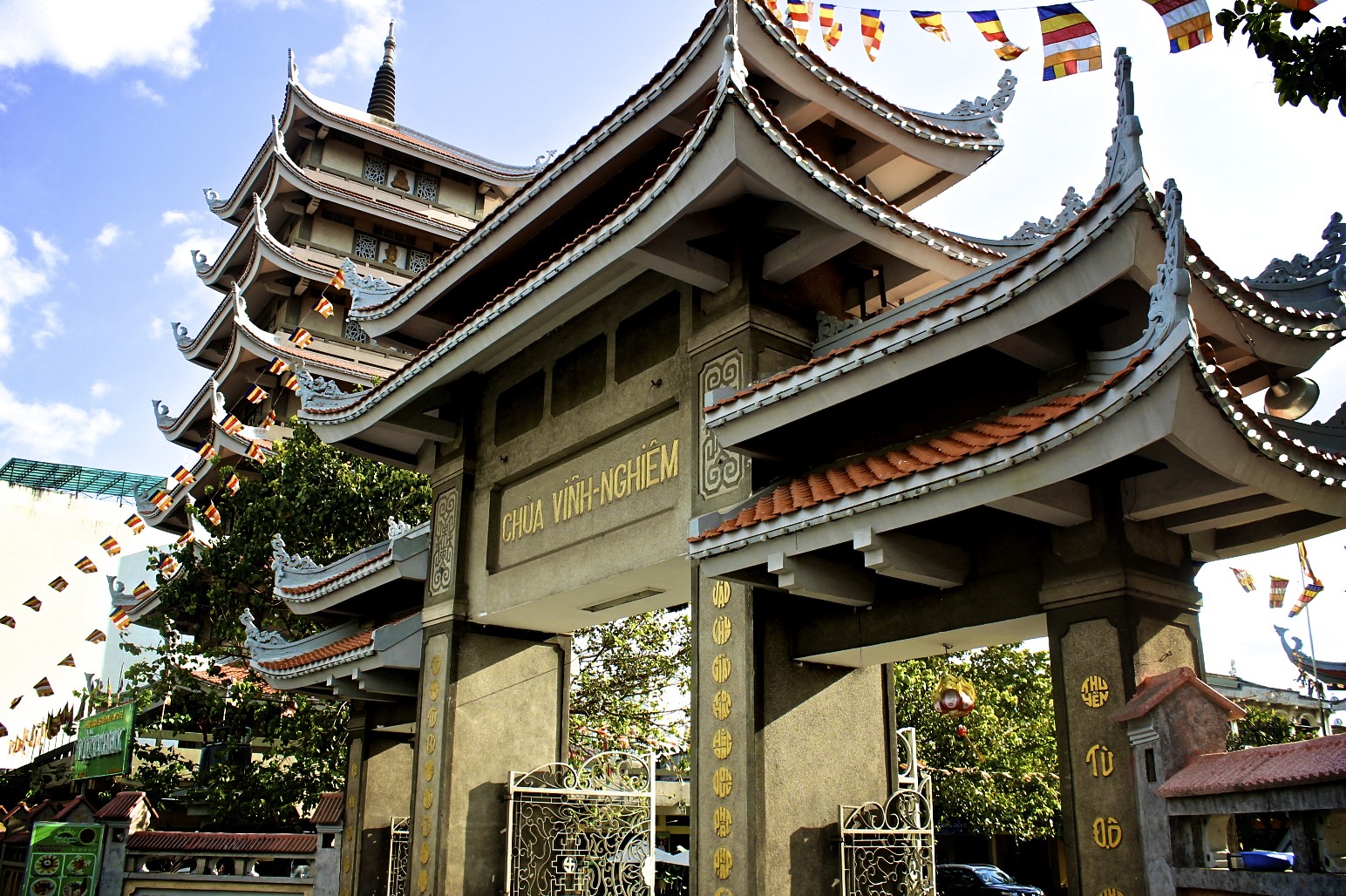
339 Nam Ky Khoi Nghia Street, Ward 7, District 3, Ho Chi Minh City
Tomb And Temple Of Marshal Le Van Duyet
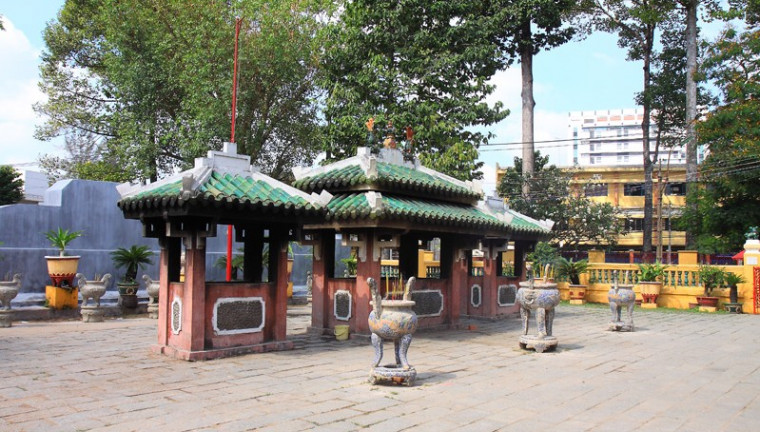
No 1 Vu Tung Street, Ward 1, Binh Thanh District,Ho Chi Minh City
Ong Pagoda
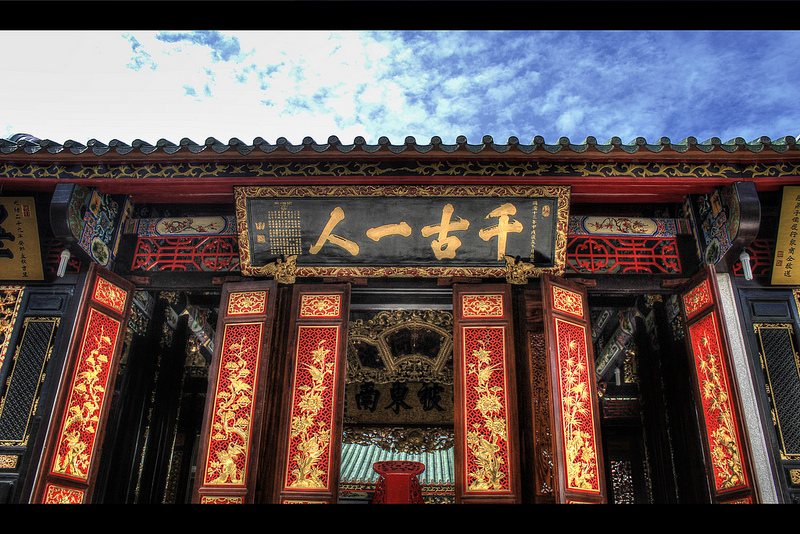
676 Nguyen Trai Street, Ward 11, District 5, Ho Chi Minh City
Ba Pagoda
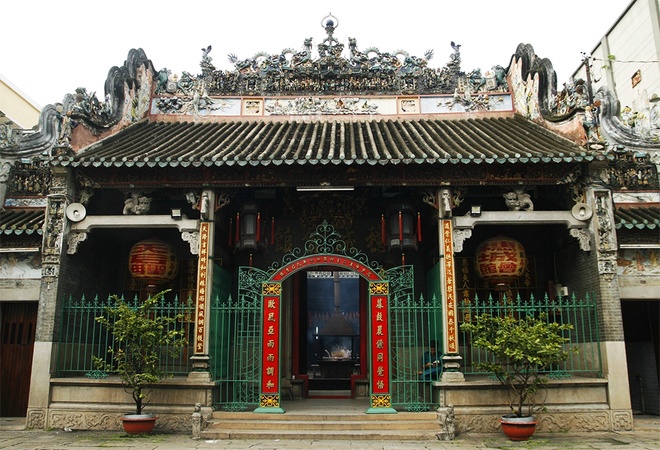
710 Nguyen Trai Street, Ward 11, District 5, Ho Chi Minh City
Ong Bon Pagoda
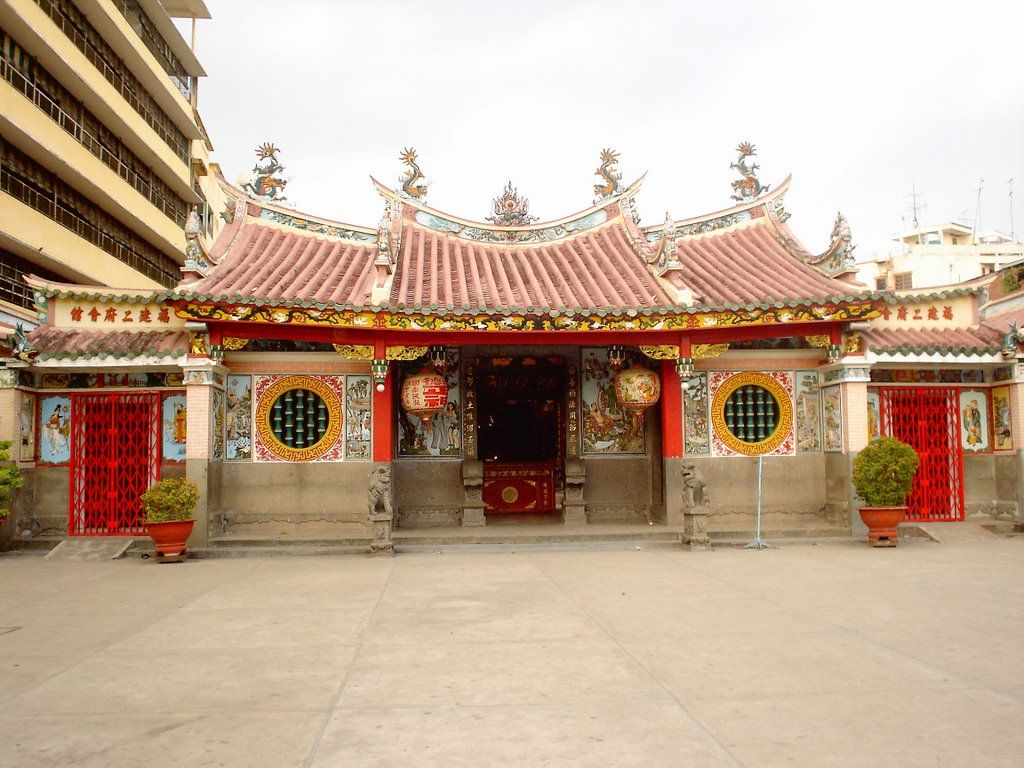
264 Hai Thuong Lan Ong, 14, District 5, Ho Chi Minh City
When you travel to Sai Gon, don't forget to order Pocket wifi Y54U,VietNam portable wifi, your travel companion. You can order online or at our shop at the Tan Son Nhat Airport in Hochiminh City. After clearing customs, pass through sliding doors, turn left & come to shop #3.
